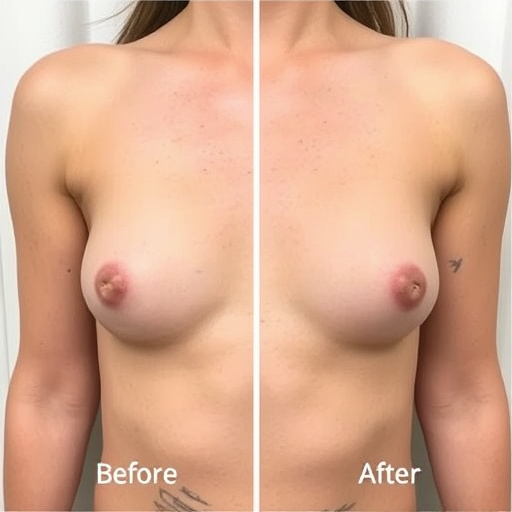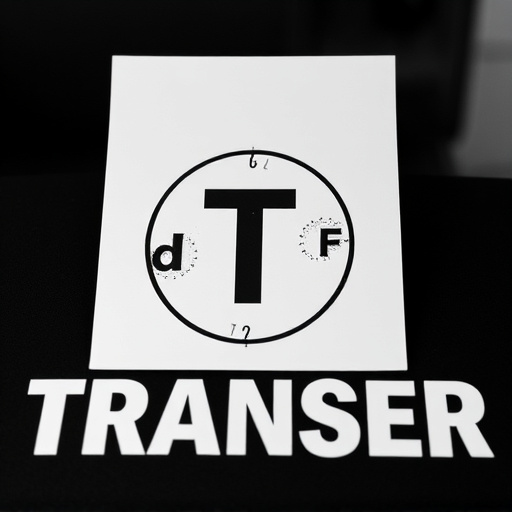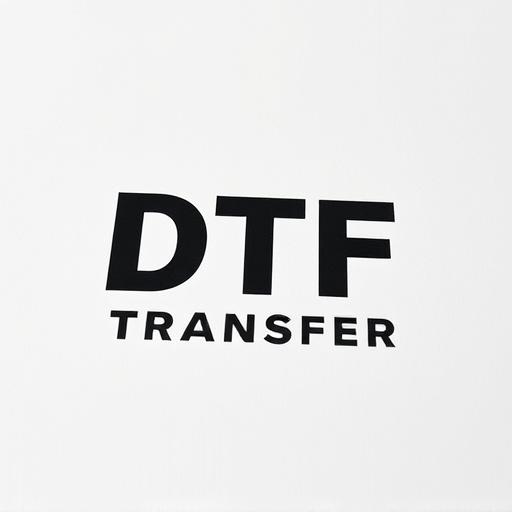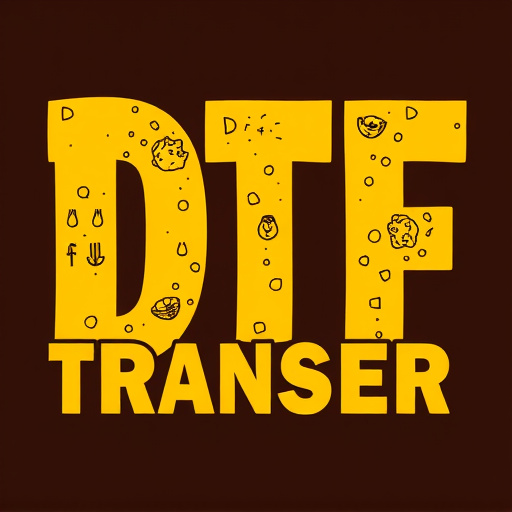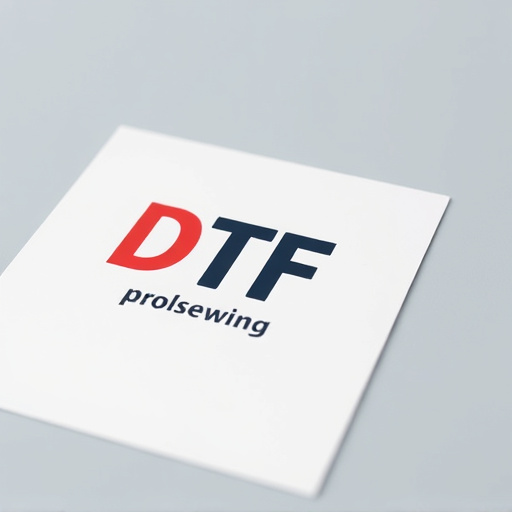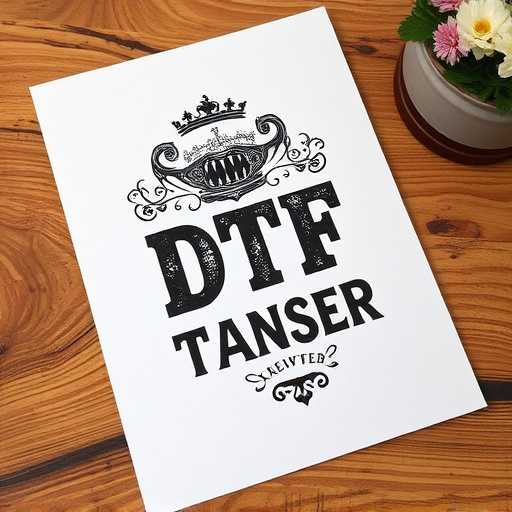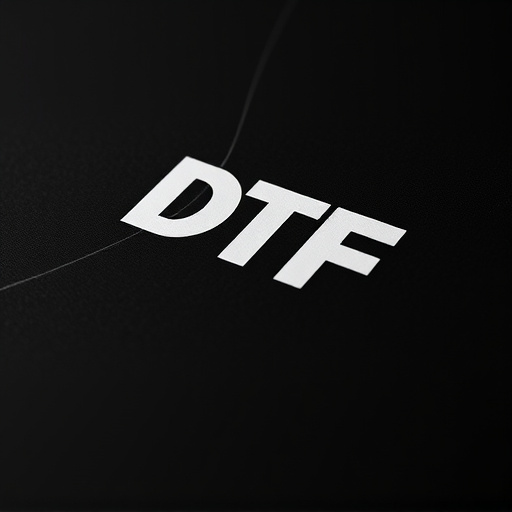Direct-to-fabric (DTF) transfer printing is a revolutionary process for creating vibrant and durable prints on synthetic fabrics. This technology enables artists and designers to produce intricate designs suitable for apparel, home decor, and promotional merchandise. Synthetic fabrics like polyester, nylon, and spandex offer smooth surfaces for precise DTF transfers and quick drying times, streamlining production. Choosing the right ink type and considering fabric composition ensures high-quality prints. While challenges like ink bleeding can occur, advancements in materials science address these issues, paving the way for dynamic, sustainable, and personalized synthetic fabric applications in various industries.
“Unleash the potential of synthetic fabrics in fabric printing with our comprehensive guide on DTF (Direct to Fabric) transfer technology. This article delves into the innovative world of DTF applications, offering insights for printers and designers.
From understanding the fundamentals of DTF Transfer to exploring its benefits for synthetic materials, we cover all aspects. Learn about substrate selection, ink optimization, and overcoming challenges in this growing industry. Discover future trends shaping DTF printing, ensuring you stay ahead in the digital fabric revolution.”
- Understanding DTF Transfer and Its Applications in Fabric Printing
- The Benefits of Using Synthetic Fabrics for DTF Printing
- Choosing the Right Substrates: Compatibility Considerations
- Ink Selection for Optimal DTF Prints on Synthetic Fabrics
- Common Challenges and Solutions in DTF Printing with Synthetic Materials
- Future Trends and Innovations in DTF Transfer for Synthetic Fabric Applications
Understanding DTF Transfer and Its Applications in Fabric Printing
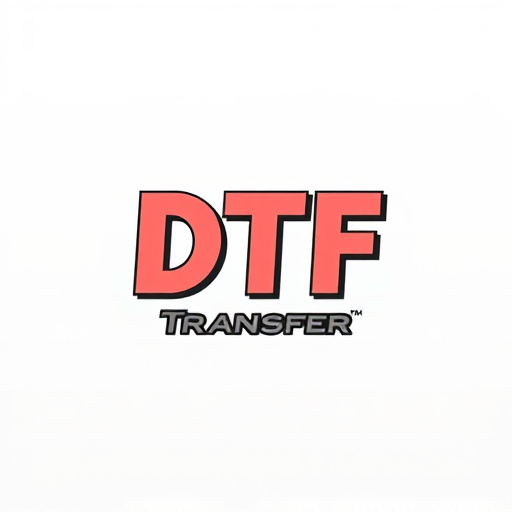
Direct-to-fabric (DTF) transfer is a printing method that has revolutionized the fabric printing industry. It involves transferring ink directly onto the fabric surface, creating vibrant and durable prints. This process offers a cost-effective solution for various synthetic fabric applications, from promotional merchandise to apparel design. DTF Printing allows for intricate designs and complex color palettes, making it a favorite among artists and designers looking to bring their creative visions to life on textiles.
The versatility of DTF Transfer is evident in its diverse range of applications. It can be used to print on various synthetic fabrics, including polyester, nylon, and cotton blends. This technology enables the production of custom-designed garments, accessories, and home decor items with exceptional clarity and precision. Moreover, DTF prints offer excellent durability, ensuring that designs maintain their vibrancy even after multiple washes, making it an ideal choice for creating long-lasting products.
The Benefits of Using Synthetic Fabrics for DTF Printing
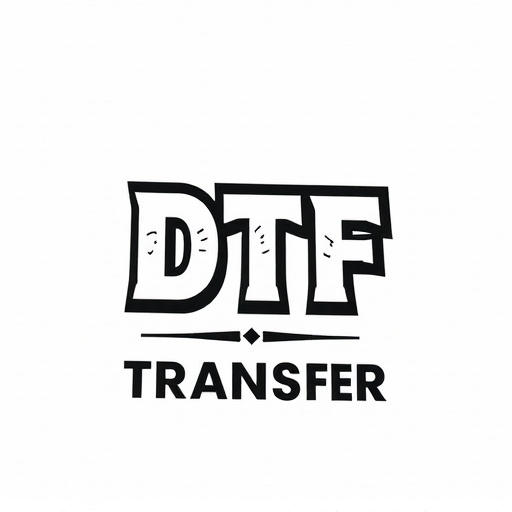
Using synthetic fabrics for Direct-to-Fabric (DTF) printing offers numerous advantages that make it a popular choice among designers and manufacturers. The smooth, flat surfaces of synthetic materials ensure precise and vibrant DTF transfers, resulting in high-quality, long-lasting prints. Synthetic fabrics are also highly versatile, suitable for various applications such as apparel, home decor, and promotional products. Their durability means that printed designs withstand regular wear and tear, making them ideal for items intended for repeated use.
Moreover, synthetic fabrics dry quickly, accelerating the production process and reducing turnaround times. This efficiency is particularly beneficial for businesses with tight deadlines or high-demand orders. Additionally, many synthetic fibers are wrinkle-resistant, eliminating the need for time-consuming ironing or pressing steps after printing. These features contribute to a streamlined workflow, making DTF printing on synthetic fabrics an attractive option for those seeking both quality and speed in their production processes.
Choosing the Right Substrates: Compatibility Considerations
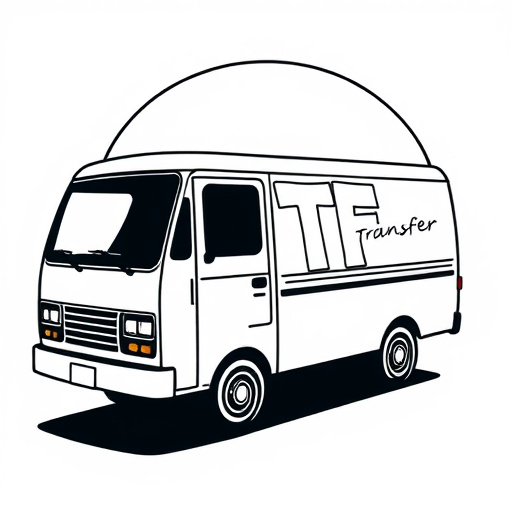
When selecting substrates for DTF (Direct to Fabric) transfer or printing, compatibility is key. The fabric’s composition and characteristics heavily influence the final print quality and durability. For instance, synthetic fabrics like polyester, nylon, and spandex offer excellent compatibility with DTF inks due to their smooth surfaces and even texture. These materials ensure that intricate designs and vibrant colors are accurately replicated in the prints.
Compatibility goes beyond the fabric type; it also involves considering the specific application and end-use. For outdoor or high-wear items, durable substrates like coated fabrics or mesh materials might be preferred. Conversely, for fashion or clothing applications, soft and breathable fabrics like cotton or linen can provide a more comfortable user experience. Understanding these compatibility factors is essential to achieving exceptional DTF prints, whether for promotional merchandise, apparel, or decorative items.
Ink Selection for Optimal DTF Prints on Synthetic Fabrics

When it comes to achieving high-quality DTF (Direct to Fabric) transfers on synthetic fabrics, ink selection plays a pivotal role. The right ink ensures optimal DTF prints, enhancing the visual appeal and durability of the final product. Key considerations include ink type, color options, and adhesion properties tailored specifically for synthetic fibers.
For instance, solvent-based inks are popular for their vibrant colors and ability to adhere well to various fabrics. However, they may require a more complex curing process. On the other hand, water-based DTF inks offer eco-friendly benefits with easier application but might have limited color intensity. Choosing the right ink depends on factors such as the fabric’s composition, desired design complexity, and end-use requirements, ultimately dictating the success of the DTF printing process.
Common Challenges and Solutions in DTF Printing with Synthetic Materials

In the realm of synthetic fabric applications, Direct to Fabric (DTF) Printing has emerged as a game-changer, offering vibrant and durable DTF prints. However, navigating this technology comes with its set of challenges, especially when dealing with synthetic materials. One common hurdle is the varying compatibility of different synthetic fabrics with DTF transfer methods. Not all synthetics absorb inks in the same manner, leading to issues like ink bleeding, poor adhesion, or even fabric damage.
To overcome these obstacles, printers often need to adapt their techniques and choose the right DTF transfer solutions. This may involve pre-treating synthetic fabrics to improve their receptivity to inks, using specialized inks designed for specific synthetics, or employing post-printing treatments to enhance durability. With careful selection of materials, proper preparation, and tailored printing processes, these challenges can be effectively addressed, ensuring high-quality DTF prints that withstand the test of time and maintain their vibrancy on synthetic surfaces.
Future Trends and Innovations in DTF Transfer for Synthetic Fabric Applications
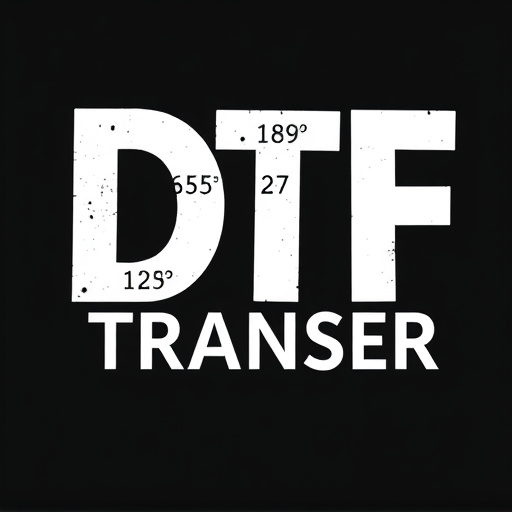
The future of Direct to Fabric (DTF) transfer looks promising, with ongoing innovations pushing the boundaries of what’s possible in synthetic fabric applications. As technology advances, DTF printing is becoming increasingly versatile and accessible. We’re seeing developments in materials science that enable more complex designs, richer colors, and enhanced durability for DTF prints on synthetic fabrics.
One of the exciting trends is the integration of smart fabrics and interactive printing. This allows for the creation of dynamic garments with responsive features, such as changeable colors or patterns triggered by external stimuli. Additionally, advancements in eco-friendly inks and processes are making DTF transfer a more sustainable option, addressing environmental concerns associated with traditional textile manufacturing methods. These innovations collectively point to a future where DTF printing plays a pivotal role in customizing and personalizing synthetic fabric applications across various industries.
